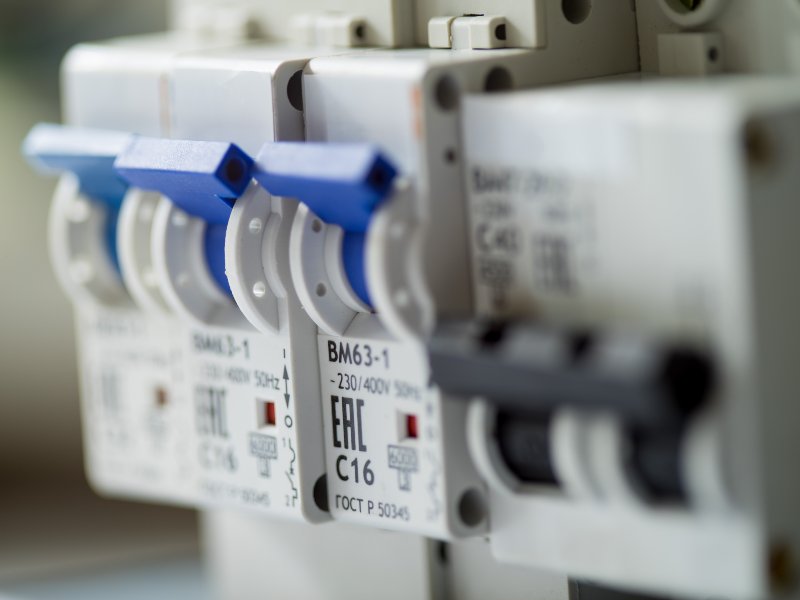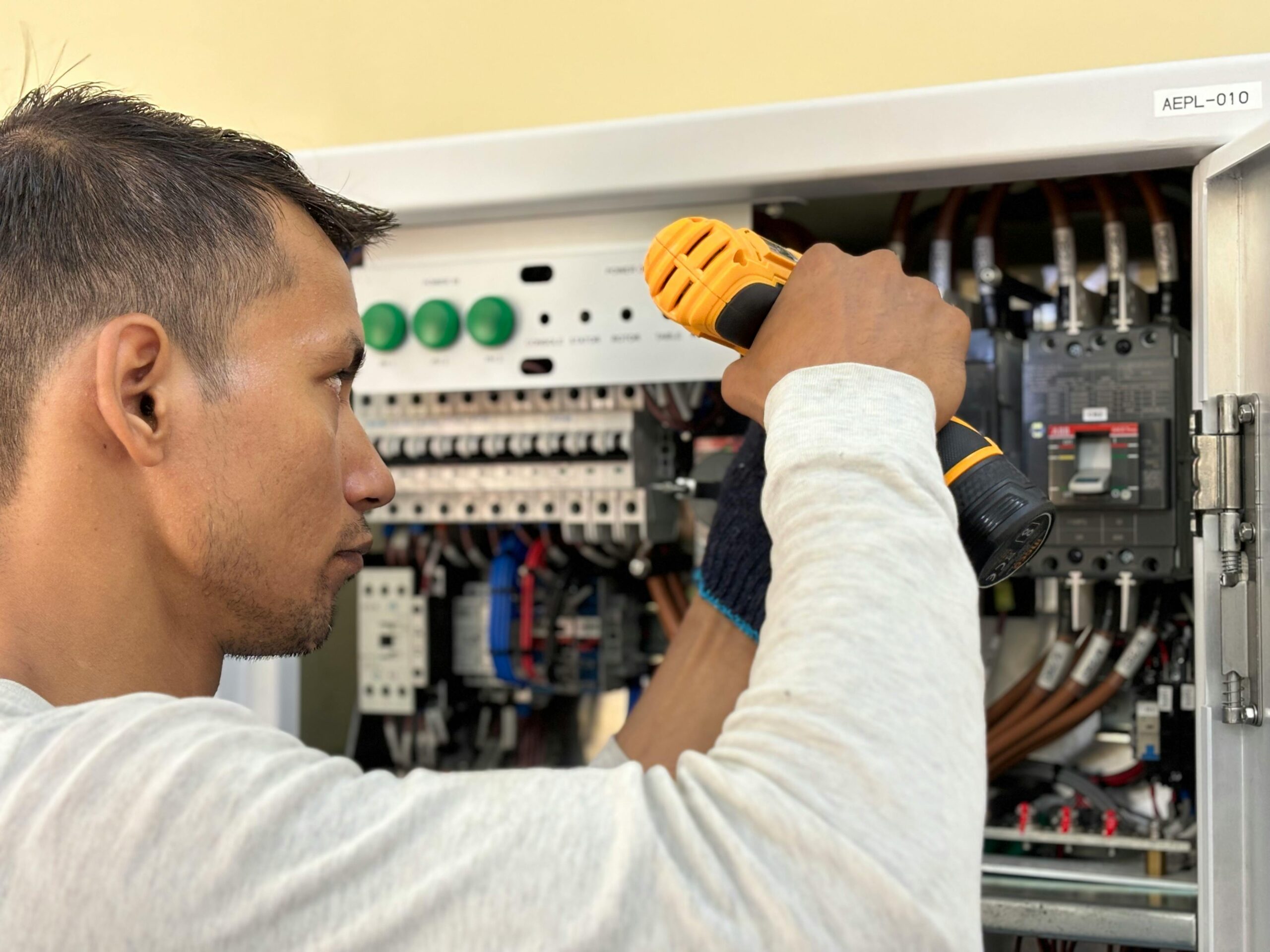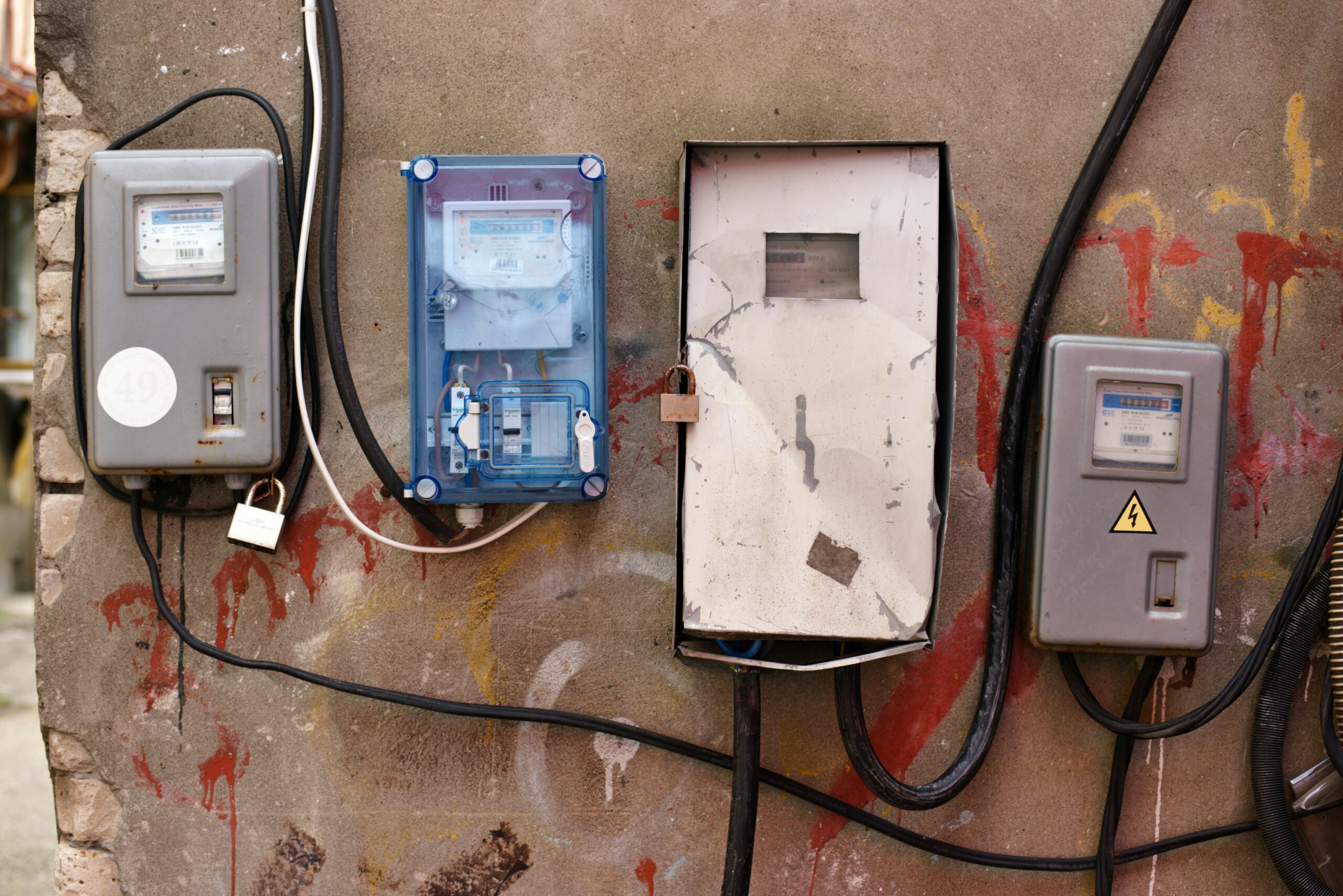As temperatures rise, so does the use of air conditioning units. However, running an A/C unit for long periods can cause damage to the unit and increase energy consumption, leading to higher electricity bills. One way to prevent this from happening and improve HVAC efficiency is by using surge protection devices. We will explore the importance of surge protection for your air conditioning unit, how it works, and the different types of surge protection devices available on the market today.
Understanding A/C Surge Damage
Understanding A/C surge damage is essential for protecting your HVAC system from potential harm. Power surges, which are sudden increases in electrical voltage, can have detrimental effects on air conditioning units if not properly addressed. These surges can be caused by various factors, including lightning strikes, utility grid fluctuations, and electrical malfunctions.
When a power surge occurs, it can lead to the overheating of components, damage to sensitive circuitry, and even complete system failure. By comprehending the causes and potential consequences of power surges, you can take proactive measures to safeguard your A/C unit and ensure its longevity.
The Role of Surge Protectors
Surge protectors play a vital role in safeguarding A/C units against power surges. These devices act as a barrier between the electrical supply and the connected equipment. When a power surge occurs, the surge protector detects the excess voltage and diverts it away from the A/C unit, redirecting it to the ground.
There are different types of surge protectors available for A/C units, including plug-in surge protectors, whole-house surge protectors, and surge protection devices integrated into HVAC systems. By using surge protectors, you not only shield your A/C unit from potential damage but also extend its lifespan, reduce repair costs, and ensure consistent performance.
Choosing the Right Surge Protector
When choosing a surge protector for your A/C unit, several factors should be considered to ensure optimal protection. First and foremost, look for a surge protector specifically designed for HVAC equipment. It should have an adequate surge protection rating, typically measured in joules, to handle the power surges commonly experienced by air conditioning units.
Additionally, check for certifications like UL (Underwriters Laboratories) or ETL (Intertek) to ensure the surge protector meets industry safety standards. Consider features such as multiple outlets, built-in circuit breakers, and indicator lights that provide added convenience and functionality. By carefully assessing these factors, you can select the right surge protector that meets your A/C unit’s specific needs and provides reliable surge protection.
Installing Surge Protection for Your A/C
Installing surge protection for your A/C unit is a crucial step in safeguarding it from power surges. While professional installation is recommended for complex systems or if you’re unsure about the process, there are also DIY options available. If you choose the DIY route, carefully follow the manufacturer’s instructions and ensure that the power is turned off before installation.
It’s important to choose an appropriate location for the surge protector, preferably near the A/C unit or at the electrical panel. Avoid placing it in areas prone to water exposure or extreme temperatures. By following these steps and taking necessary precautions, you can effectively install surge protection for your A/C unit and enhance its durability and performance.
Maintaining Surge Protection Systems
Regular maintenance is crucial for ensuring the effectiveness of surge protection systems in safeguarding your A/C unit. Keep a close eye on the surge protectors to ensure they’re in good working condition. Look out for physical damage like frayed wires or burn marks, and promptly replace any outdated or compromised surge protectors. Be vigilant for other signs of surge protection failure, like frequent tripping of circuit breakers, voltage fluctuations, or unexpected equipment malfunctions.
Don’t take these indicators lightly. Contact a professional electrician immediately to assess and repair the surge protection system. Stay proactive and address issues promptly to maintain reliable surge protection for your A/C unit, and prevent potential damage from power surges.
Additional Measures for A/C Surge Protection
In addition to using surge protectors, there are additional measures you can take to enhance A/C surge protection. Ensuring proper grounding and bonding of your electrical system is essential for effective surge protection. This involves connecting the A/C unit and surge protectors to a reliable grounding system to divert excess electrical energy. Consider installing a whole-house surge protection system, which provides protection to all connected devices, including your A/C unit.
These systems are typically installed at the electrical panel and provide a comprehensive defense against power surges throughout your home. Furthermore, implementing complementary protective measures such as lightning rods, voltage stabilizers, and surge suppressors for other appliances can provide an added layer of defense against power surges. By implementing these additional measures, you can significantly reduce the risk of damage to your A/C unit and other electronic devices in your home.
Energy-Efficiency Tips for A/C Units
Investing in energy-efficient HVAC systems not only helps reduce your environmental footprint but also lowers your energy bills. To optimize the efficiency of your A/C unit, set the thermostat to an appropriate temperature that ensures comfort without excessive cooling. Utilize programmable thermostats to adjust the temperature based on occupancy patterns, allowing for energy savings when no one is at home.
Additionally, you can supplement these efforts by properly sealing windows and doors, improving insulation, and utilizing ceiling fans to circulate cool air effectively. Regular maintenance, such as cleaning or replacing air filters, also enhances the efficiency of your A/C unit. By implementing these energy-saving practices, you can maximize the efficiency of your A/C unit while minimizing energy consumption and costs.
A/C Maintenance Best Practices
Maintaining your A/C unit through regular upkeep is essential for its optimal performance and longevity. One of the best practices is to clean the unit regularly, removing dirt, debris, and foliage that may obstruct airflow. Additionally, replacing air filters on a consistent basis helps maintain good indoor air quality and prevents strain on the system. Following a maintenance schedule, which may include tasks like inspecting electrical connections, lubricating moving parts, and checking refrigerant levels, ensures that your A/C unit operates efficiently.
It’s also crucial to schedule professional tune-ups at least once a year to address any potential issues, fine-tune the system, and identify problems before they become major repairs. By adhering to these best practices, you can keep your A/C unit in top shape and enjoy optimal cooling performance.
The Cost of Surge Protection vs. Potential Damages
Considering the cost of surge protection versus potential damages is an important aspect to understand. While surge protectors may require an initial investment, they are significantly more affordable than the potential repair costs resulting from A/C surge damage. By investing in surge protection, you can potentially save on expensive repairs or even the need for a complete system replacement.
Moreover, surge protection can contribute to long-term savings by extending the lifespan of your A/C unit and reducing energy consumption. It’s worth noting that insurance coverage for A/C surge damage may vary, so it’s essential to review your policy and consider the potential financial implications. Ultimately, the cost of surge protection is a small price to pay compared to the potential damages and expenses associated with A/C surge-related issues.
Real-Life Success Stories
One such example is the case of a homeowner who installed a surge protector for their A/C unit. During a severe thunderstorm, a nearby lightning strike caused a power surge. Thanks to the surge protector, the A/C unit remained unharmed while other appliances in the house suffered damage.
This incident not only saved the homeowner from costly repairs but also highlighted the importance of surge protection for A/C units. These real-life stories emphasize the significant impact surge protection can have in preserving the functionality and longevity of HVAC systems.
Conclusion
Understanding and implementing A/C surge protection is a crucial step towards boosting HVAC efficiency and safeguarding your air conditioning unit. By investing in surge protectors, following maintenance best practices, and adopting energy-saving measures, you can optimize the performance of your A/C unit while reducing energy consumption and potential repair costs. Remember, for professional installation of A/C surge protectors and reliable electrical services, trust the expertise of Smith & Jones Electric. Take control of your HVAC’s efficiency today and contact us for all your electrical needs.
We help companies refine their messaging, hone in their sales process, and grow their pipeline – all with a new website.






